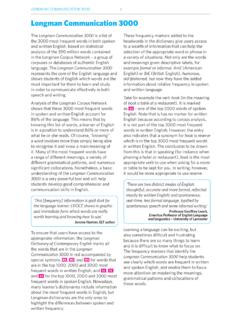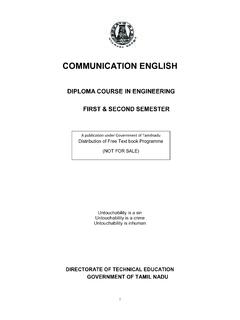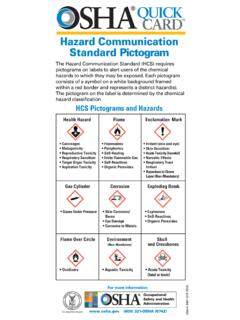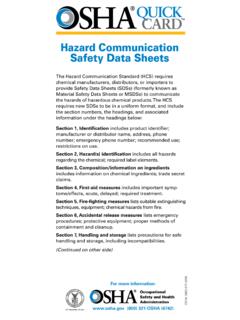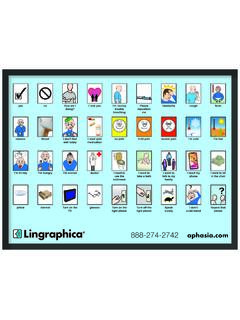Transcription of EARLY INTERVENTION: COMMUNICATION AND …
1 1 EARLY INTERVENTION: COMMUNICATION AND LANGUAGE SERVICES FOR FAMILIES OF DEAF AND HARD-OF-HEARING CHILDRENOur child has a hearing loss. What happens next?What is EARLY intervention?What can we do to help our child learn to communicate with us?We have so many questions!You have just learned that your child has a hearing loss. You have many questions and you are not alone. Other parents of children with hearing loss have the same types of questions. All your questions are important. For many parents, there are new things to learn, questions to ask, and feelings to understand.
2 It can be very confusing and stressful for many services and programs will be available to you soon after your child s hearing loss is found. When a child s hearing loss is identified soon after birth, families and professionals can make sure the child gets intervention services at an EARLY age. Here, the term intervention services include any program, service, help, or information given to families whose children have a hearing loss. Such intervention services will help children with hearing loss develop COMMUNICATION and language skills.
3 There are many types of intervention services to consider. We will talk about EARLY intervention and about COMMUNICATION and language. Some of the services provided to children with hearing loss and their families focus on these topics. This booklet can answer many of your questions about the EARLY intervention services and choices in COMMUNICATION and languages available for you and your Hearing LossTiming: The age when a hearing loss has occurred is known as age of onset. You also might come across the terms prelingual and postlingual.
4 A prelingual hearing loss occurs before a child has learned to understand and use language. A postlingual hearing loss occurs after a child has learned some Center on Birth Defects and Developmental DisabilitiesDivision of Human Development and Disability2 Location: There are three parts to the ear the outer ear, middle ear, and the inner ear. Sound travels from the outer ear through the middle ear to the inner ear. A conductive hearing loss involves the outer ear, the middle ear or both. A sensorineural hearing loss involves the inner ear.
5 A mixed hearing loss is a combination of both conductive (outer or middle ear, or both) and sensorineural (inner ear) hearing losses. Auditory neuropathy and central hearing loss involve the nerve that connects the ear to the brain (hearing nerve) or the part of the brain that helps us understand the sounds we hear, or both. Other words you might encounter are unilateral or bilateral. Unilateral means one side ; therefore, a unilateral hearing loss involves only one ear. Bilateral refers to both sides, and a bilateral hearing loss involves both : You also might encounter words such as mild, moderate, severe, and profound when researching hearing loss.
6 These terms are used to describe how much hearing loss has more details about hearing loss, you can visit the following websites: , Child s Hearing Loss Is UniqueEach child is unique, with his or her own personality, talents, and preferences. And, in the same way, your child s hearing loss is also unique. Also, research suggests that about one-third of all children with hearing loss have one or more other special needs or conditions that have nothing to do with the ear or hearing. These needs might involve visual or physical abilities, or other special these factors go into making your child the unique person he or she is.
7 They are important when you and professionals work together to choose the kind of interventions that will best match the strengths and needs of your child. These professionals include audiologists, EARLY intervention specialists, speech and language pathologists (also called speech therapists), teachers of the deaf and hard of hearing, and your child s and Toddler Services: Part C ProgramOne way to help EARLY intervention services work well together is through a state program called the Part C program.
8 This is a program in each state for children from birth up to 3 years old who have a developmental delay (that is, a lag in development), or who are at risk of such a delay. Most children with hearing loss are considered to have or be at risk for a developmental delay. The Part C program is required under federal law (Individuals with Disabilities Act 2004 [IDEA 2004]). Each state program has its own rules about who may get these services based on what kind of condition the child Your state s rules will say whether or not your child qualifies for this program.
9 Find out more about IDEA 2004 is at .Every family who takes part in the Part C program is assigned a service coordinator. The coordinator is a person who works closely with the family to set up services through the program. Each child is assessed by a team of experts who work with children. The team first learns about the child s strengths and needs by talking to the family and doing an assessment. Then the team advises the family and the service coordinator on the best services and interventions for the child.
10 Together the family, the service coordinator, and the team of professionals put together a plan for the child and family called an individualized family service Family Service Plan (IFSP): The IFSP outlines all of the EARLY intervention programs and services your family and child will need. The IFSP also outlines how you will receive the services, as well as any equipment and devices you will get. The IFSP should be family focused. The strengths and needs of your child and your concerns and priorities are very important when making this plan.










